Itinerary
Tour day-by-day
-

Day 1: Cygnet Valley & North Coast
Start the day with a visit to the Eucalyptus forest of the Cygnet Valley and learn about the ground-breaking habitat restoration programme at Cygnet Park which has turned former farming pastures back into diverse bushland.
Guests will then meet with Dr Peggy Rismiller, the world expert on the Short-beaked Echidna.
For nearly 30 years now Peggy has been working with echidnas in the field using a variety of methods and technologies including marking, radio-tracking, scat collection and analysis, and year-round collection of environmental parameters, to try to determine answers to the following questions:
- How and how often do echidnas mate?
- What is the gestation period?
- What is the breeding success rate and survival percentages?
- How long do echidnas live?
- What density do they live in and how many are there in the wild?
- How old are they before they mate?
- What is their diet?Slowly a picture has emerged of these fascinating creatures which have existed for some 120 million years and Dr Peggy Rismiller has become known as the global expert for the species - she is the “go to” person for Sir David Attenborough on all things echidna!
Whilst echidnas are the core focus of Peggy’s work, she also looks at tiger snakes, goannas, weed and feral animal impacts, little penguins, biosecurity, fire ecology as well as environmental management through membership of the Kangaroo Island Natural Resource Management Board.
She is a consultant to a range of International zoos and her work has been recognised with the International Earthwatch Award for Climate Change Research. Dr Rismiller conducts international lecture tours, workshops on wildlife care and rehabilitation, assists other researchers through offering year-round data collection under contract, supervises graduate students from around the world and importantly is a great role model for young women and actively encourages greater female participation in scientific research.
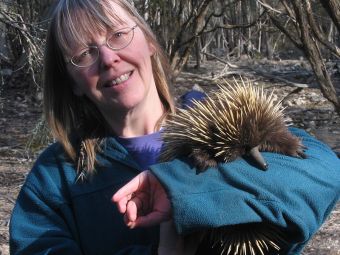 "I’ve been working with short-beaked echidnas since 1988, but there is still so much I’d like to find out. Back in 1834 Sir Richard Owen, founder of the British Museum, posted seven basic questions about their biology, and when I started my research work in 1988 only one of those seven questions had been answered."
"I’ve been working with short-beaked echidnas since 1988, but there is still so much I’d like to find out. Back in 1834 Sir Richard Owen, founder of the British Museum, posted seven basic questions about their biology, and when I started my research work in 1988 only one of those seven questions had been answered."Peggy Rismiller - World Echidna Expert
After lunch, guests will take a trip on the ocean with the team from Kangaroo Island Marine Adventures who assist in the citizen science conservation program ‘dolphin watch’ programme and learn about the visual recognition system used to track dolphin movement between pods. Depending on weather conditions and the activities of any dolphins we encounter, this experience can include a snorkel with bottle-nosed dolphins in the open ocean.
Overnight Accommodation: There are various levels of accomodation available (3-5 star, farmstay, B&Bs). Please enquire to find out options.
-

Day 2: Stokes Bay & Seal Bay
Guests start the day by taking an in-depth look into one of the island's famous avian residents, the Glossy Black-Cockatoo. These cockatoos are the sole remaining individuals of a population isolated by long-term climatic change which saw the drooping sheoak woodland (on which they depend exclusively for their food) retract to the coastal ranges of eastern Australia, leaving a small population on Fleurieu Peninsula and Kangaroo Island. They disappeared from the Fleurieu some time in the 1960s.
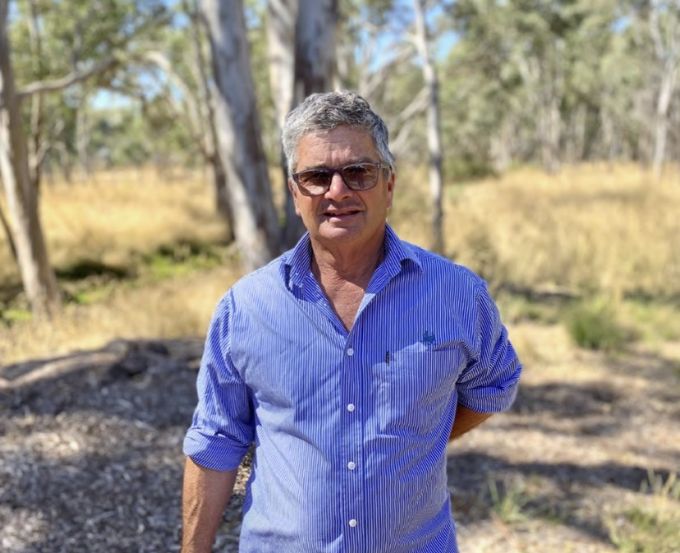 "The bird species most people hear about is the Glossy Black-Cockatoo. They can be elusive until you understand their habitat and behavioural patterns, but since we live in their habitat we know where to find them. The Glossies are one of the 17 island sub-species which have developed in isolation and guests are often keen to learn about the subtle differences of the island populations.”
"The bird species most people hear about is the Glossy Black-Cockatoo. They can be elusive until you understand their habitat and behavioural patterns, but since we live in their habitat we know where to find them. The Glossies are one of the 17 island sub-species which have developed in isolation and guests are often keen to learn about the subtle differences of the island populations.”Tim Williams - Guide
Numerically this link refers to a low of 158 individuals in 1995 up to 454 individuals in 2020. Guests will learn about some of the big issues for the species in the field including:
- Habitat loss - both feeding (drooping sheoak) and breeding (large old Eucalyptus - sugar gum, red gum and SA blue gum mainly) habitat.
- Expansion of Common Brush-tail Possums through retention of their habitat (any cover at all pretty much) and the development of highly nutritious pasture grasses. They are known to have eaten up to half of all eggs laid in a season or preying on nestlings in the hollows.
- Genetic and physical isolation as the combination of millennial scale climate change saw their habitat retract to the Australian east coast resulted in the Kangaroo Island population being “left behind”.
- Significant gender skew in the population with more males than females which adds to the challenge.
We will also learn about volunteer activities to directly assist the cockatoos and if the timing is correct, provide the option to contribute. After taking a walk through the feeding habitat of these cockatoos which is also home to tammar wallabies, Kangaroo Island kangaroos, Rosenberg’s goanna, short-beaked echidna and many bird species, guests will visit Stokes Bay and do a scan for shorebirds as well as explore koala habitat nearby.
After breaking for lunch, the group will travel to Seal Bay Conservation Park for a private tour of the Australian Sea-lion colony – one of the world’s rarest sea-lions. Here you have the chance to learn about the life of the sea-lions – the threats to their survival, their feeding excursions, and unique breeding biology. You will also learn about the management actions which are in place to try to protect this iconic species.
Overnight Accommodation: There are various levels of accomodation available (3-5 star, farmstay, B&Bs). Please enquire to find out options.
-

Day 3: Flinders Chase National Park
We begin the day in the island’s north-west in an important private wildlife refuge with Kangaroo Island Land for Wildlife. Here, we gain an insight into (and take part in) the fantastic conservation work being done by Pat, Heidi and their team, focussing on threat reduction, long-term monitoring, and supporting private land holders and volunteers to take care of the bushland and the threatened species taking refuge within these recovering critical habitats.
Exceptional Kangaroo Island, have assisted to build shelter tunnels out of chicken wire and shade cloth, providing protection for small mammals and birds. There are 18 tunnels set across burnt landscapes to provide extra shelter for the Kangaroo Island dunnart and other priority species post fire.
Guests will be taken into bushland survey sites and shown the shelter tunnels and the wildlife cameras, with the opportunity to view the footage captured to see some of the threatened species KI Land for Wildlife are working hard to protect, and assist by checking the 30m survey fence lines.
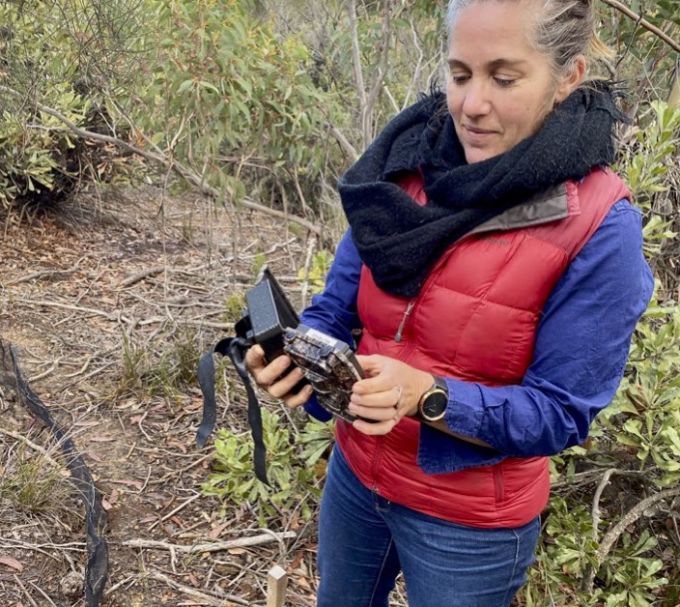 "As part of my role, I focus on threat reduction, long-term monitoring, and supporting private land holders and volunteers to take care of the bushland and the threatened species taking refuge within these recovering critical habitats. Exceptional Kangaroo Island guests are taken into bushland survey sites, where we can show them the shelter tunnels and the wildlife cameras and they can view the footage captured to see some of the threatened species we are working hard to protect”
"As part of my role, I focus on threat reduction, long-term monitoring, and supporting private land holders and volunteers to take care of the bushland and the threatened species taking refuge within these recovering critical habitats. Exceptional Kangaroo Island guests are taken into bushland survey sites, where we can show them the shelter tunnels and the wildlife cameras and they can view the footage captured to see some of the threatened species we are working hard to protect”Heidi Groffen - Ecologist
Lunch is a picnic enjoyed in the bush and consists of marinated poached chicken, fresh salads, cheeses and fantastic South Australian wine, beer, soft drinks and spring water.
Travellers will venture to the southwest end of the Island where Flinders Chase National Park covers nearly 75,000 hectares (almost 200,000 acres), where the landscape is dominated by coastal mallee and the "bonsai Eucalyptus”.
These winds have carved out a natural sculpture park from solid granite tors, with the highlight being the aptly named Remarkable Rocks. The high vantage point provides an opportunity to look for oceanic bird species (Pacific Gulls, Australasian Gannets and Short-tailed Shearwaters during the warmer months) as the low heath often reveals Tawny-crowned Honeyeaters, Southern Emu Wrens and seasonally, the incessant call of the Western Whipbird.
Admirals Arch provides a spectacular hangout for up to three pinnipeds, namely the Long-nosed Fur Seal, Australian Fur Seals as well as occasional Australian Sea-lion.
At the days end, guests spend some time gaining an understanding of the earliest human occupation of the Island, including what Indigenous Australians survived or even thrived on across the Island – a selection of items foraged, hunted and fished from the local environment.
-

Tour details
Pick-up and Drop Off Point: Kingscote Airport or accommodations.
Pick-up and Drop-off Time: Approximately 9:00am day one and 6:00pm day three.
Languages: Translation services private tours available for French, German, Italian and Spanish (must be a private tour)Recent Awards
WINNER TripAdvisor Certificate of Excellence 2018 • 2017 • 2016 • 2015 • 2014 • 2013
LISTED Top 5 Wildlife Guides by Outside Go Magazine 2015
WINNER Outstanding Contribution to the Tourism Export Industry 2015 by the Australian Tourism Export Council
WINNER World's Best Specialist Guide by Wanderlust 2021How you'll be making a positive impact
We have aligned our sustainability vision with the United Nation’s Sustainable Development Goals (SDGs).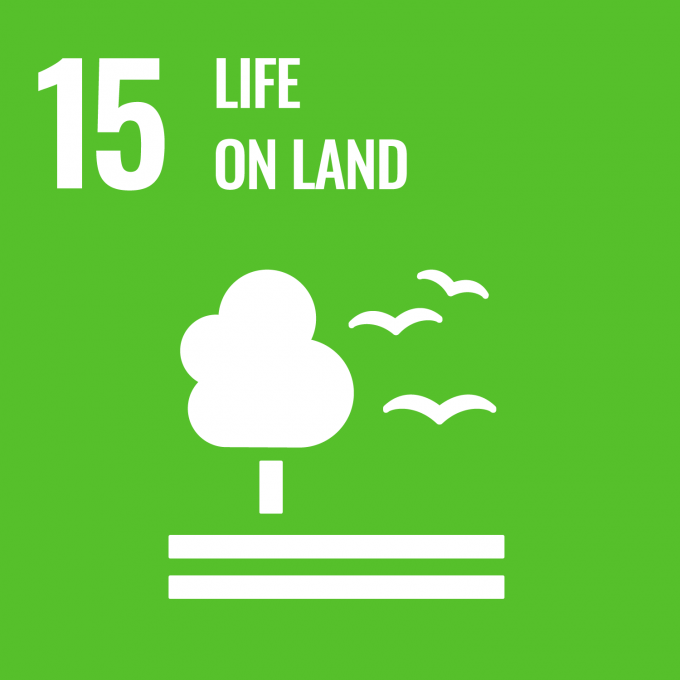 Citizen Science with Exceptional Kangaroo Island
Citizen Science with Exceptional Kangaroo Island
Exceptional Kangaroo Island contributes observations of flora & fauna via iNaturalist, the world’s leading global social biodiversity network. This platform allows our team to create research-quality citizen science data that enables a more detailed picture of our national biodiversity, and assists bodies such as the CSIRO, ecologists and other decision makers to deliver better outcomes for the environment and our species.
 Protecting Subspecies and Iconics of Kangaroo Island
Protecting Subspecies and Iconics of Kangaroo Island
To reinforce responsible behaviours around iconic species unique to the island, Exceptional Kangaroo Island has developed a Wildlife Code of Conduct and Guest Briefing Card referencing responsible behaviours for iconic species including the Glossy-Black Cockatoo, Hooded Plover, Australian Sea-lion, Kangaroo Island Kangaroo and Short-beaked Echidna.
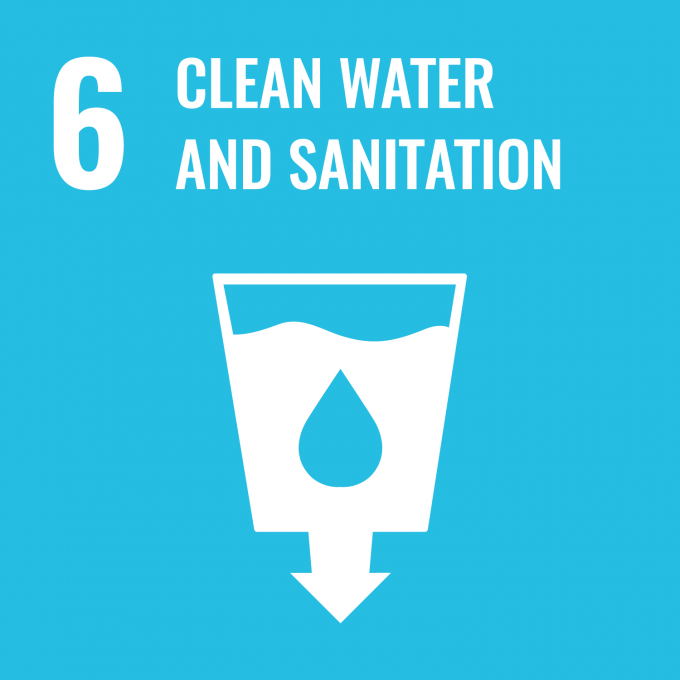 Creating Feeding Habitat for the Glossy Black Cockatoo
Creating Feeding Habitat for the Glossy Black Cockatoo
Exceptional Kangaroo Island’s tour base in Cygnet River includes an aerobic waste water management unit that captures and recycles water from the office, commercial kitchen, bathrooms and wash bays. That water is then used to water the surrounding plants and trees - including the primary food source for the endangered Glossy Black-Cockatoo.
 Providing Protection for the Endangered Kangaroo Island Dunnart
Providing Protection for the Endangered Kangaroo Island Dunnart
Shortly after the 2019/20 Kangaroo Island bushfires, the team at Exceptional Kangaroo Island assisted local conservation group, Kangaroo Island Land for Wildlife (KILFW) to build shelter tunnels out of chicken wire and shade cloth, providing protection for small mammals and birds, with a specific focus on the Kangaroo Island Dunnart.
 Developing Partnerships To Meet Sustainability Goals
Developing Partnerships To Meet Sustainability Goals
Exceptional Kangaroo Island have developed a number of partnerships with key environmental organisations on Kangaroo Island and more broadly in South Australia, including Bio·R, Pelican Lagoon Research Station, Kangaroo Island Land for Wildlife, National Parks & Wildlife South Australia and Birdlife Australia.











